Smart Shelves in Retail: Understanding Their Impact
Discover how smart shelves in retail are transforming shopping experiences. Learn about their benefits, impact, and how they can boost your business today!
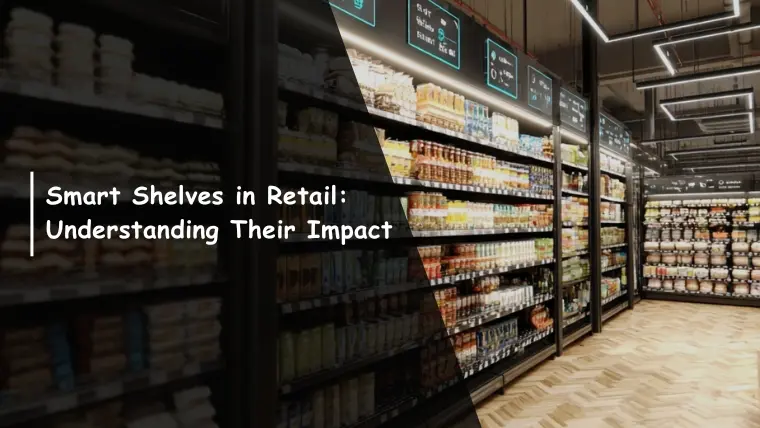
Discover how smart shelves in retail are transforming shopping experiences. Learn about their benefits, impact, and how they can boost your business today!

How many sales are lost each day because a shelf ran empty before staff even noticed?
India’s retail sector crossed USD 950 billion with double-digit growth, yet stockouts still reduce sales by nearly 4 percent. Staff spend hours manually tracking shelves, leading to missed refills, wasted effort, and frustrated customers who often switch brands. Smart shelves provide real-time visibility, removing guesswork from inventory management and giving retailers tighter control over store operations. This shift is no longer optional, as fast-growing retailers need reliable systems that directly reduce losses and protect margins.

Smart shelves, also known as smart shelving, use sensors and RFID technology to track inventory movement and availability automatically. They address common retail problems like stockouts and overstocks, which reduce sales opportunities and frustrate customers with unavailable products. By connecting with store management systems, smart shelves provide real-time data that eliminates manual checks and reduces wasted staff hours. Smart shelving ensures consistent product visibility, helping retailers maintain customer trust, safeguard sales, and protect profit margins in competitive markets.
Next, we'll look into the core features of smart shelving that make it an indispensable tool for modern retail.

Smart shelving directly addresses retail challenges by reducing stockouts, minimising staff workload, and ensuring reliable product availability across stores. Here are the main features that make smart shelving a valuable solution for modern retail operations.
Smart shelves automatically update stock levels using sensors and RFID, reducing stockouts and misplaced items across store locations. This accuracy ensures customers always find desired products, helping retailers increase sales and maintain higher customer satisfaction consistently.
These shelves send alerts to staff when stock runs low, avoiding delays in replenishment that lead to lost sales. Retailers reduce employee guesswork, ensuring timely restocking and smoother operations without overwhelming staff during peak shopping periods. Expanda Stand supports this with Carton Flow Racks for fast restocking, Longspan Racks for back-stock storage, and Hypermarket Display Racks that keep products accessible, while Shopping Baskets & Trolleys help staff replenish quickly during busy hours.
Smart shelving collects sales and demand data, helping retailers understand buying patterns and adjust inventory strategies more effectively. This leads to better promotions, reduced wastage, and stronger alignment between store operations and real customer demand.
Smart shelves integrate with retail management software, ensuring consistent stock data across physical outlets and central inventory systems. This integration eliminates manual reconciliations, helping retailers manage multiple stores smoothly while reducing operational inefficiencies significantly.
Now, let’s examine the different types of smart shelving available and how they cater to various retail needs.
Also Read: 5 Key Factors to Consider When Designing Your Retail Store’s Display Systems

Retailers use different types of smart shelving depending on store size, customer flow, and operational requirements. Choosing the right smart shelving reduces inefficiencies, prevents lost sales, and builds customer trust.
Here are the main types of smart shelving solutions used in modern retail environments.

These shelves use RFID tags to track items instantly, reducing stock discrepancies and eliminating manual barcode scanning tasks. Retailers save time on inventory counts while improving accuracy, ensuring products are available when customers want them.
Weight-based shelves detect when products are removed, automatically updating inventory levels and reducing the risk of stockouts. They are highly useful in fast-moving consumer goods stores, where product turnover is frequent and customer demand unpredictable.
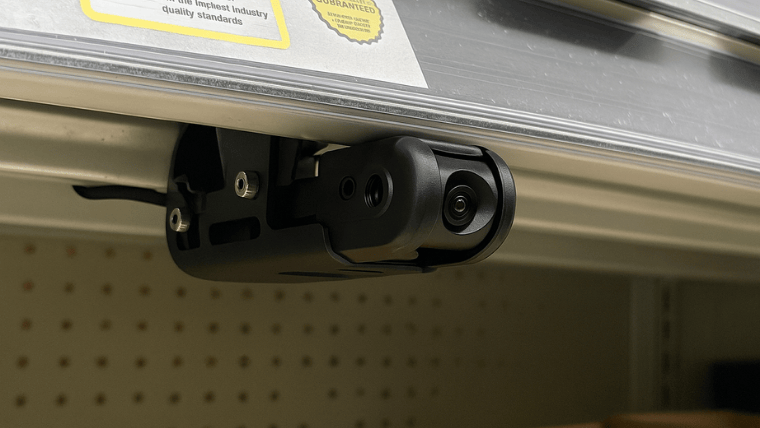
These shelves use cameras and AI-based recognition to monitor stock visually, providing real-time data on product movement. Retailers benefit from improved visibility and reduced shrinkage, especially in high-value or easily misplaced product categories.
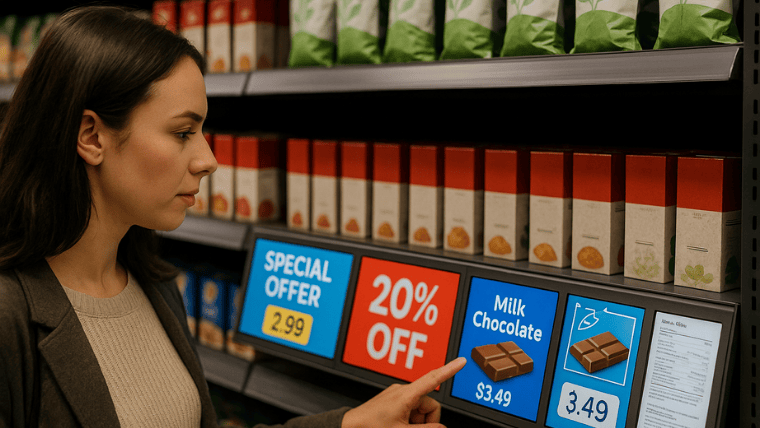
Interactive shelves display digital information, promotions, or product details, directly engaging customers while tracking their browsing behavior. Retailers gain both improved customer experience and valuable data insights to refine in-store marketing and product placement strategies. Expanda Stands’ visual merchandising units, product display solutions, and POS counters can seamlessly support these interactive features, ensuring smarter engagement and smoother integration within different retail environments.
Let’s take a deeper look at how these smart shelves actually work behind the scenes and keep everything running smoothly.
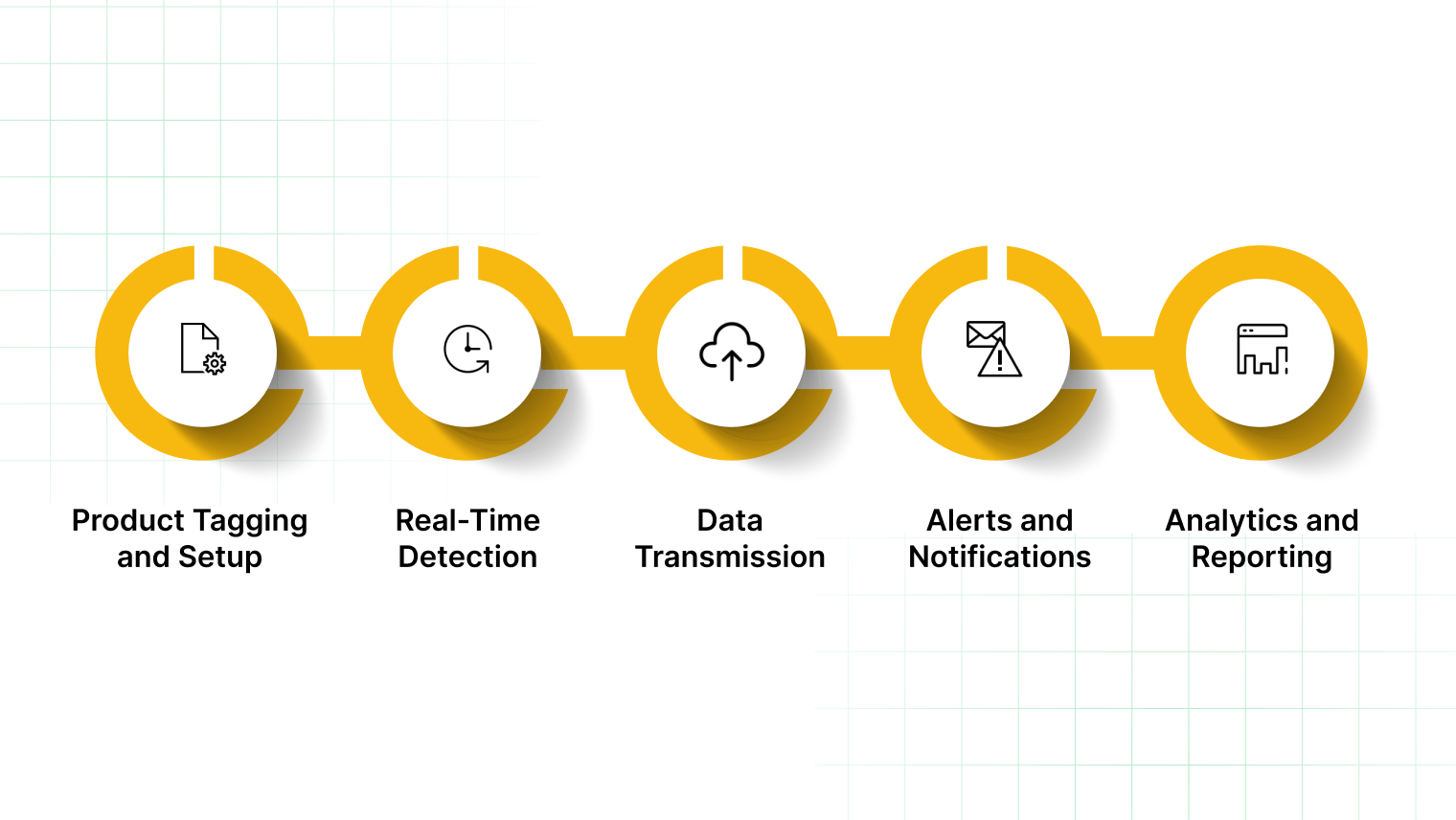
Smart shelves combine sensors, RFID, and software integration to create a connected inventory system that reduces errors and improves visibility.
Here’s a step-by-step look at how they function in a retail setting:
Items are tagged with RFID labels or placed on weight sensors, ensuring each product is digitally recognised within the system. This eliminates manual data entry, reducing staff workload and ensuring inventory accuracy from the beginning.
As products are removed or added, sensors instantly capture the change and update stock counts automatically. This prevents out-of-stock surprises and helps managers maintain consistent product availability for customers.
The collected information is transmitted to central retail management systems, giving decision-makers immediate visibility into inventory status. It creates a single source of truth, avoiding miscommunication between store staff and warehouse teams.
When stock levels fall below a set threshold, the system sends alerts for timely replenishment. This ensures products are always available on shelves, avoiding lost revenue from empty displays.
Smart shelves generate detailed reports on product movement, customer preferences, and sales patterns. Retailers use this insight to refine inventory planning, promotional campaigns, and long-term purchasing strategies.
Expanda Stands supports this entire workflow with modular retail display solutions, merchandising units, and supermarket racks, ensuring smart shelving integrates seamlessly into everyday store operations.
With a clearer picture of how smart shelves function, we can now turn our attention to the real-world impact they have on retail businesses.
Also Read: Retail Store Layout and Floor Plan Ideas
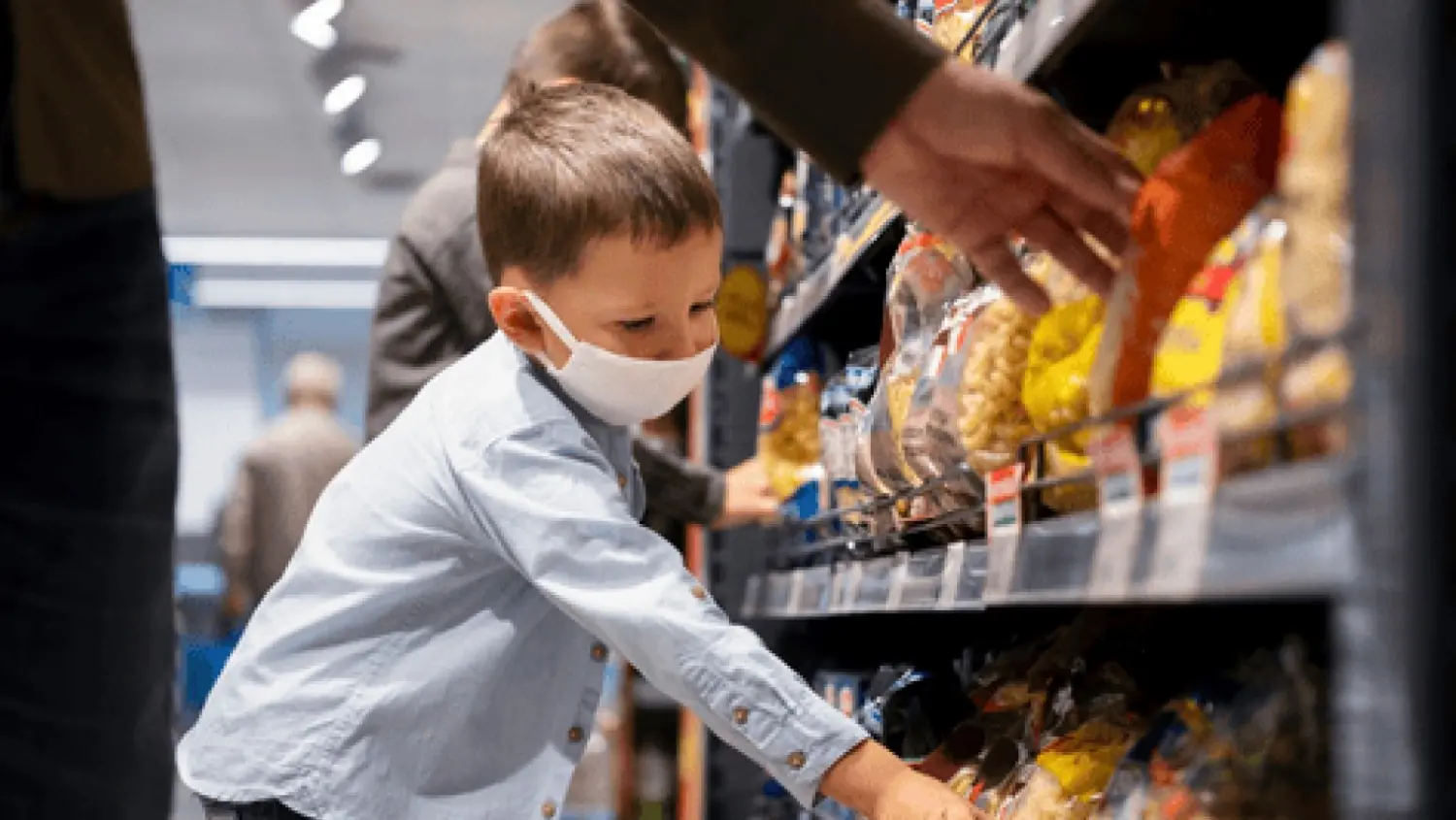
Smart shelves reshape retail by delivering measurable improvements in efficiency, revenue, and customer satisfaction. Their impact extends across operational, financial, and strategic areas.
However, as valuable as they are, there are challenges that come with implementing these systems. Let's discuss the potential hurdles retailers may face when adopting smart shelves.
Also Read: Popular Retail Store Colour Ideas (With Tips and Examples)
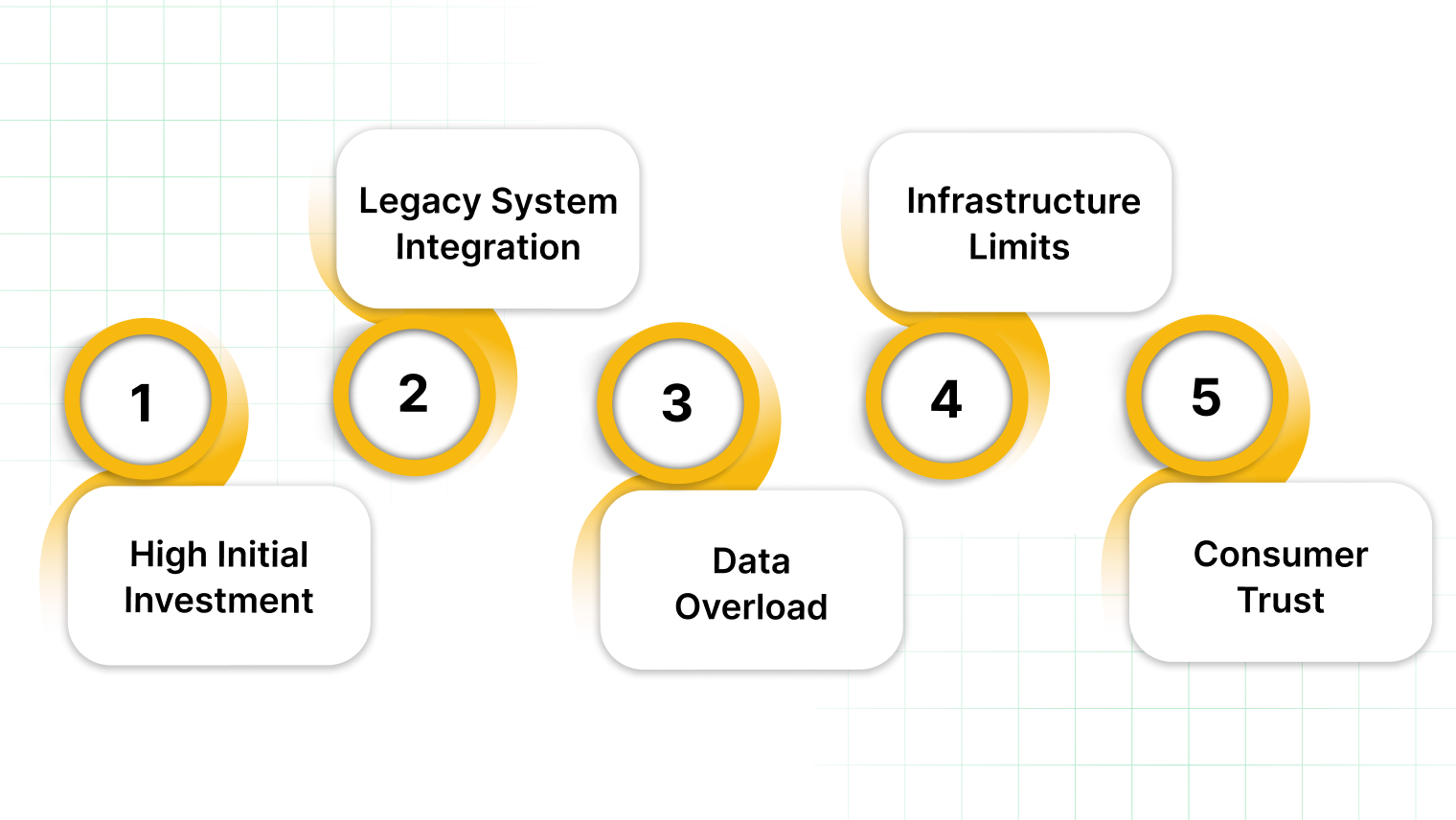
While smart shelves promise efficiency and better customer experiences, supermarkets face several hurdles when adopting them. These challenges range from technical integration to cost considerations, all of which can slow down large-scale deployment.
Addressing these challenges requires a partner that blends technology with practical retail expertise, which is where Expanda Stands excels.
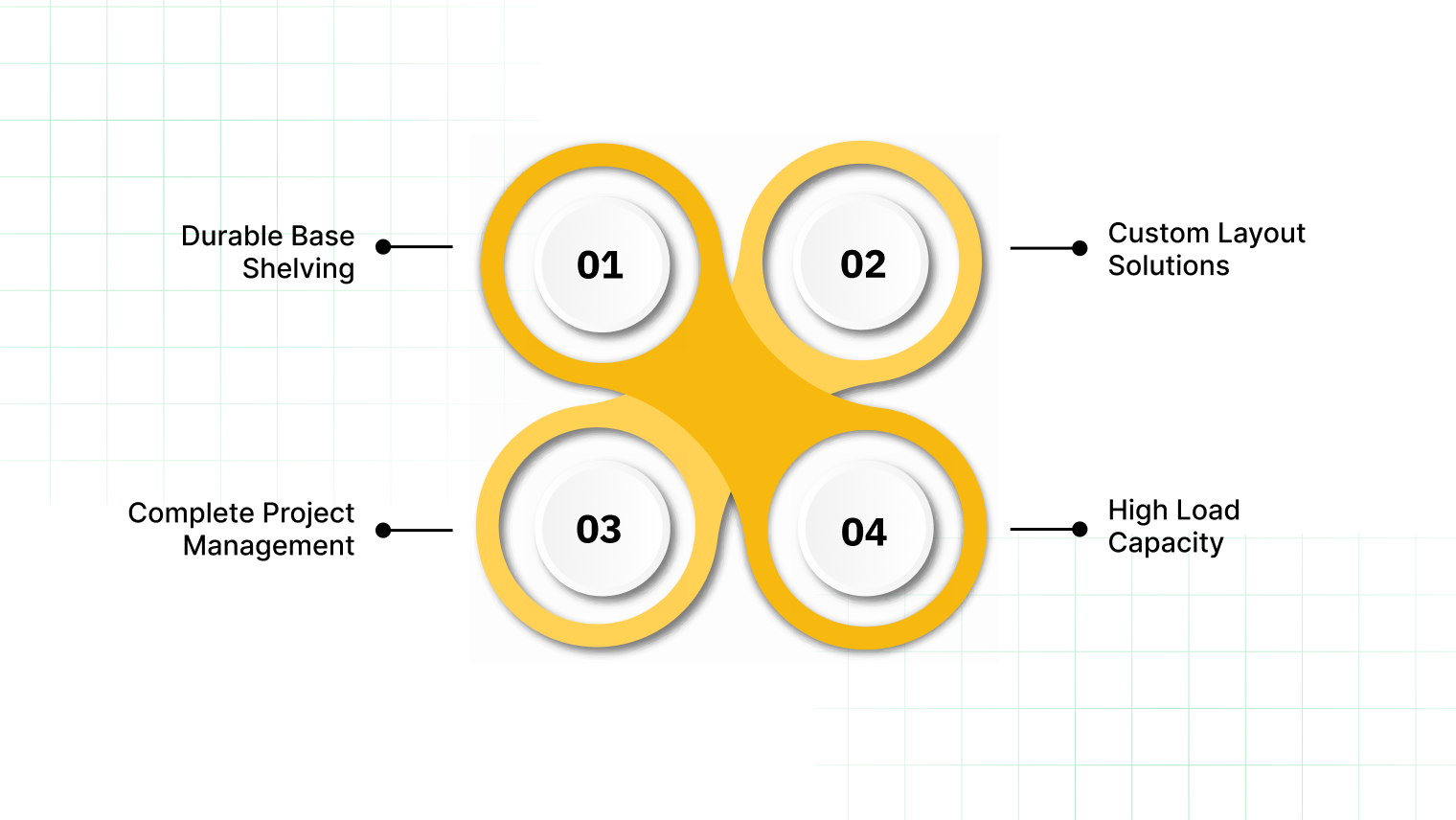
Expanda Stands brings together modular shelving design and retail know-how, creating a real-world framework for implementing smart shelves in stores. Their turnkey fixtures, installation support, and customisation options make it easier for supermarkets to layer smart technologies, like sensors or RFID, without needing complete store overhauls.
Here’s how Expanda Stands strengthens every stage of smart shelf deployment:
By partnering with Expanda Stands, retailers can build a strong, adaptable foundation for smart shelving, allowing tech to enhance store operations smoothly, rather than requiring disruptive retrofits
Smart shelving has quickly moved from concept to necessity, driving better inventory accuracy, customer insights, and operational efficiency in supermarkets. Retailers adopting this technology not only address stock and pricing challenges but also create more engaging, reliable shopping experiences. As consumer expectations grow, supermarkets equipped with smart shelves gain a measurable advantage in both performance and customer loyalty.

Explore Expanda Stands’ retail solutions to see how smarter shelving can strengthen your supermarket’s operations and customer experience.
Smart shelves provide real-time product movement data that informs better planogram compliance and shelf positioning based on actual demand rather than assumptions. This helps retailers arrange high-margin or fast-moving items in more visible spots.
Yes. Equipped with sensors and RFID, smart shelves instantly flag items that are absent from their designated spot, helping staff re-shelve correctly and reduce errors.
They can. Smart systems generate significantly more inventory data than traditional methods; retailers need sufficient analytics tools to filter and act on meaningful insights.
Some shoppers worry about cameras or tracking. However, sensors for analytics alone often don’t identify individuals. Clear communication about data usage can maintain trust.
Absolutely. For example, RFID-tagged shelves can feed into apps that map item locations, helping both customers and staff find products faster and reducing search time.
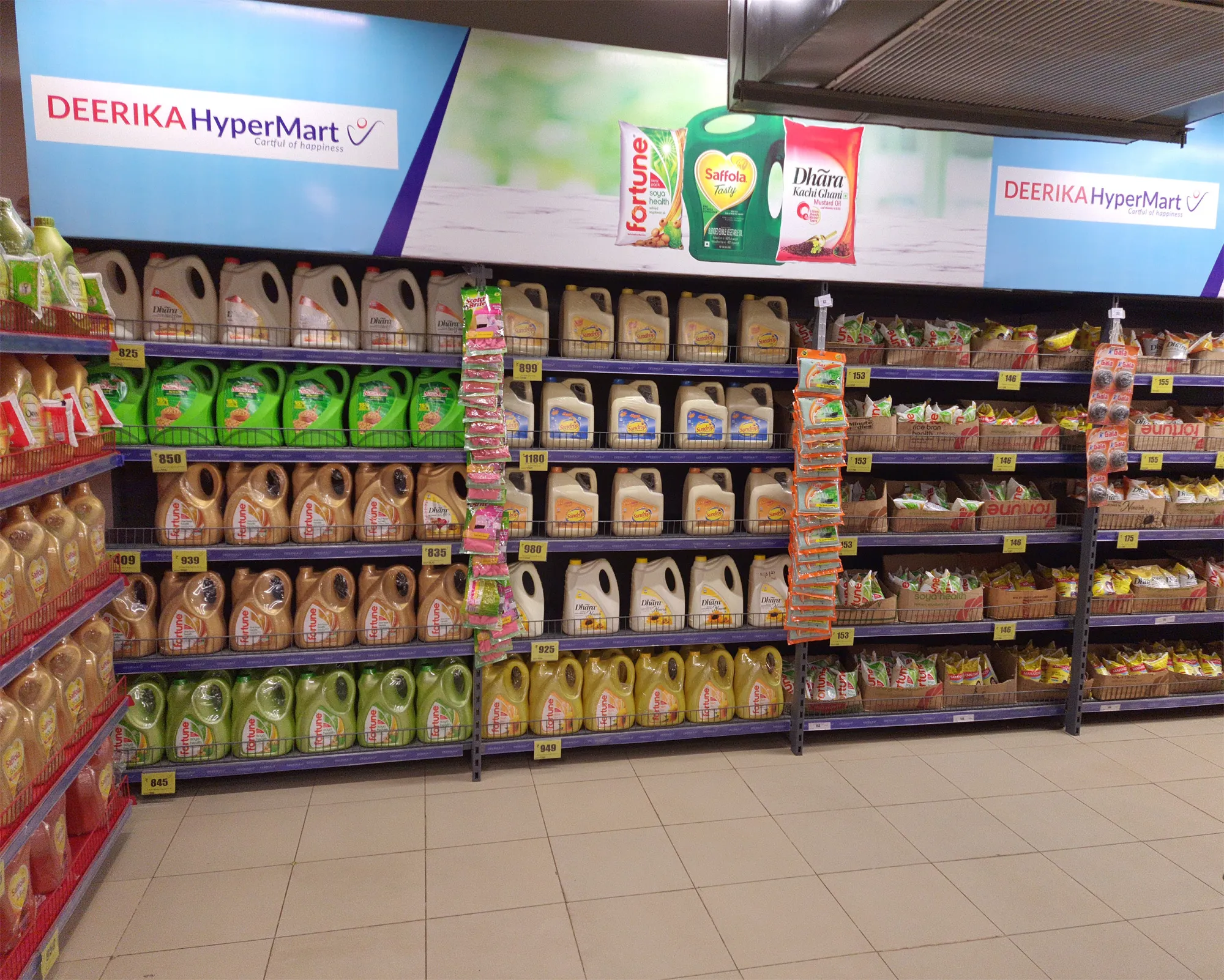
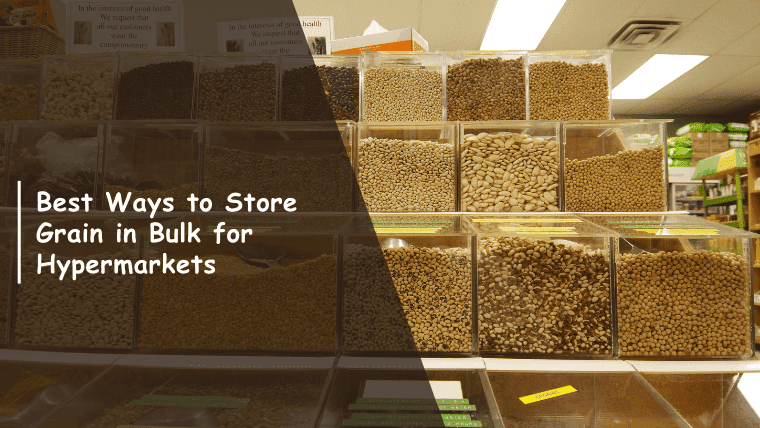
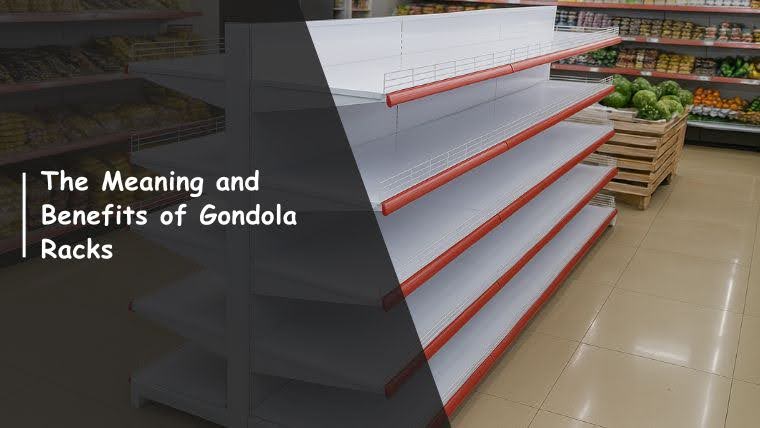
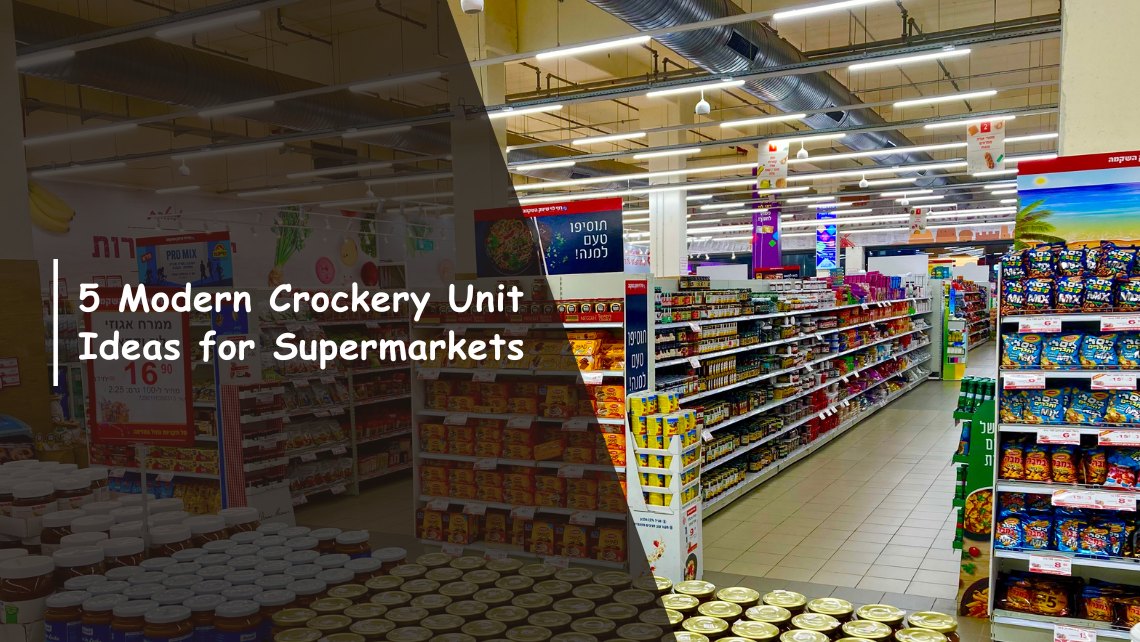
Ready to Upgrade Your Process Operations?